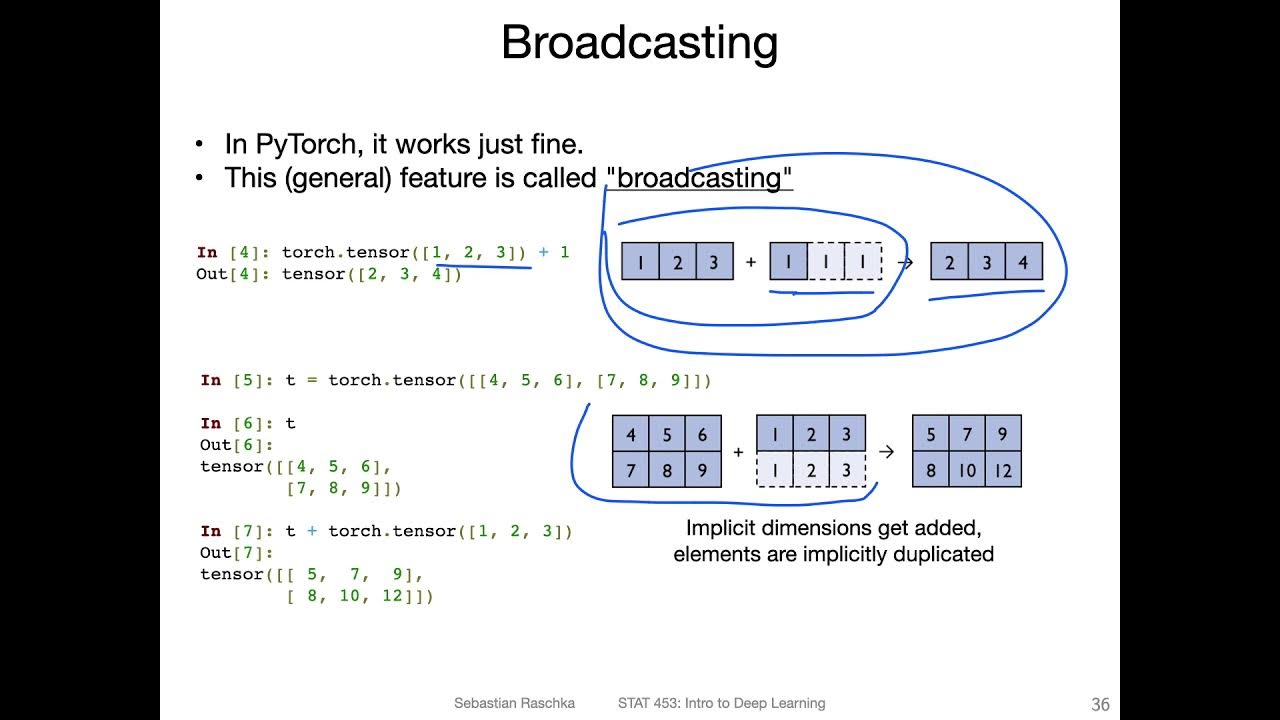Midiendo pH con sonda de pH y microbit
Summary
TLDRIn this presentation, the speaker discusses using the Micro:bit to analyze pH levels, highlighting its advantages over traditional methods. They explain the simplicity of programming with block coding, which enhances computational thinking. The speaker demonstrates the setup and programming process, including variable declaration and data mapping. They emphasize the ease of use and potential for classroom applications, suggesting that Micro:bit serves as a great introduction to programming before advancing to more complex systems like Arduino. The session concludes with an invitation to share and subscribe for further educational content.
Takeaways
- 😀 The project focuses on measuring pH levels using a Micro:bit, highlighting its advantages over traditional methods.
- 😀 Micro:bit programming is simplified through a block-based language, making it accessible for beginners.
- 😀 The hardware setup includes connecting a pH sensor to a Micro:bit via an ADC converter for accurate readings.
- 😀 Variables are essential in the programming process, with the speaker demonstrating how to create and manipulate them.
- 😀 The importance of mathematical mapping for pH values is discussed, ensuring readings remain between 0 and 14.
- 😀 The speaker uses a simulation to showcase how the pH measurement program operates, confirming its functionality.
- 😀 Unlike Arduino, Micro:bit does not require explicit variable type declarations, streamlining the coding process.
- 😀 The speaker plans to conduct physical experiments with the Micro:bit in future sessions to validate the project.
- 😀 Community engagement is encouraged, with a call to subscribe and share content to support ongoing educational efforts.
- 😀 The session concludes with reflections on the potential for advanced projects, possibly integrating Arduino for more complex applications.
Q & A
What is the main focus of the presentation?
-The main focus of the presentation is on using the Micro:bit device for measuring pH levels, highlighting its user-friendly programming environment.
How does Micro:bit simplify the programming process?
-Micro:bit uses a block-based programming language, which allows users to program without needing extensive coding knowledge, making it more accessible for beginners.
What are the advantages of using Micro:bit compared to Arduino?
-Micro:bit is easier to set up and program than Arduino, which requires more complex coding and reinforces computational thinking more deeply.
What is the purpose of the ADC in the hardware setup?
-The ADC (Analog to Digital Converter) is used to convert the analog signals from the pH sensor into digital data that the Micro:bit can process.
What key steps are involved in the hardware setup?
-Key steps include connecting the Micro:bit to the ADC, ensuring proper power supply, and setting up the necessary connections for the pH sensor.
What process is followed to establish variables in the programming environment?
-In the programming environment, users create variables, such as for pH readings, and can easily modify them without needing to declare data types explicitly.
How is the mapping of pH values handled in the code?
-The mapping process involves using a specific block to convert analog readings into pH values, ensuring they stay within the expected range of 0 to 14.
What did the presenter do to test the programming simulation?
-The presenter ran the simulation by generating random analog values to observe how the Micro:bit responds and displays the corresponding pH readings.
What additional content does the presenter encourage viewers to explore?
-The presenter encourages viewers to subscribe to their channel for more videos and to check out the project titled 'Sonda de pH.'
What future projects does the speaker express interest in pursuing?
-The speaker expresses interest in exploring both Micro:bit and Arduino for future educational projects, particularly in developing more complex prototypes.
Outlines

Этот раздел доступен только подписчикам платных тарифов. Пожалуйста, перейдите на платный тариф для доступа.
Перейти на платный тарифMindmap

Этот раздел доступен только подписчикам платных тарифов. Пожалуйста, перейдите на платный тариф для доступа.
Перейти на платный тарифKeywords

Этот раздел доступен только подписчикам платных тарифов. Пожалуйста, перейдите на платный тариф для доступа.
Перейти на платный тарифHighlights

Этот раздел доступен только подписчикам платных тарифов. Пожалуйста, перейдите на платный тариф для доступа.
Перейти на платный тарифTranscripts

Этот раздел доступен только подписчикам платных тарифов. Пожалуйста, перейдите на платный тариф для доступа.
Перейти на платный тарифПосмотреть больше похожих видео
5.0 / 5 (0 votes)






